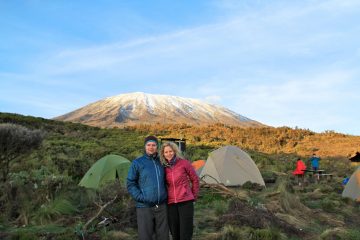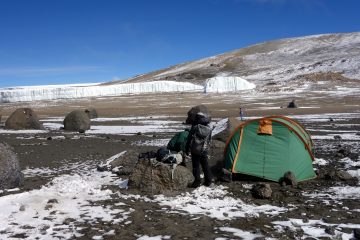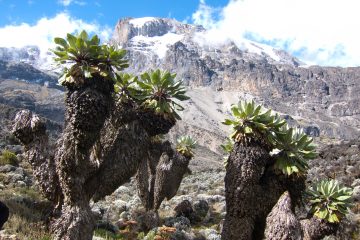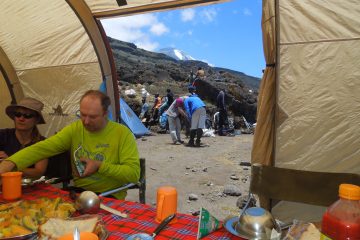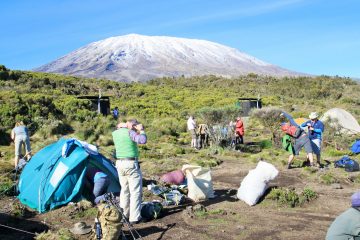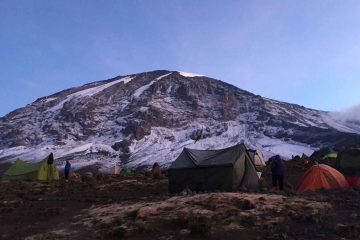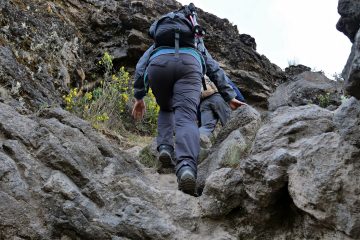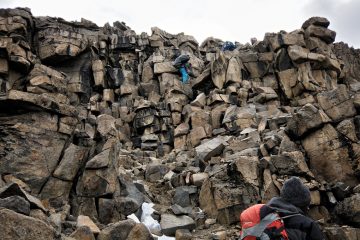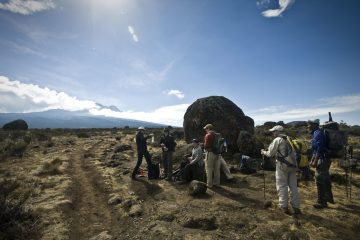Hanang People
The Barbaig and the Iraqw are the two primary ethnic groups that live in this area. Visitors are welcome to mingle freely with the Barbaig, also known as Mang’ati, who live in the Mang’ati plains. 400 bird species will greet you on your walks in the region if you are interested in bird watching.
The Barbaig are classed as Nilotes, whereas the Iraqw are classified as southern Cushites.
Both have a diverse and fascinating culture.
Barbaig women are often dressed in goatskin skirts and blankets. Men are frequently clad in black cloth and wield spears while they wander about. Colorful cotton blankets are commonly worn by Iraqw people.
Subsistence and commercial farming are the primary economic activity in the Hanang district. The Iraqw are the ones that do it the most. Pastoralists are the Barbaigs’ main occupation. The Iraqw raise animals as well, though they are not as reliant on them as the Barbaigs are.
Hanang’s residents have the following to offer:
- A unique cultural trek in Barbaig
- A once-in-a-lifetime opportunity to climb Mount Hanang
- Cycling adventures to far-flung locations
- An opportunity to take part in local brick and pottery manufacturing, as well as beer brewing.
English-speaking guides who are familiar with the region can assist you.
Barbaig culture will be explained by a Barbaig native guide.
Mount Hanang Climbing Routes
There are three established routes for hiking Mount Hanang in Babati, Tanzania and they include, Katesh Route, Ngendabi Route and the Giting Route.
Katesh Route
The Katesh route, which runs from Katesh to the southwestern ridge, is the quickest and most common ascent: five to six hours to the summit, camping at 3000m, and a three- to four-hour descent the next day. If the physical effort is more essential than the delight, you may go up and down in one day, but start early. Allow time to organize transportation from Babati to Katesh as well as pay the forest fee, so budget at least two days.
Allow time to organize transportation from Babati to Katesh as well as to pay the forest charge, so plan on spending at least two or three days overall.
Ngendabi Route
Descending through the Ngendabi trail, or rising along it then descending to Katesh, is suggested for a change of scenery. The trip begins 16 kilometers (3 hours) northwest of Katesh at Ngendabi hamlet. Accommodation in Ngendabi is provided on an ad hoc basis by primary school teachers, but should not be relied upon.
Giting Route
The Giting route, which starts at Giting hamlet on the mountain’s northeast flank, is the principal alternative to the Katesh and Ngendabi climbs. Because of the terrible road, you may require your own 4WD. You’ll also need to pay the forest charge at Katesh initially. Accommodations are available along the way.
Accommodation & camping options at Hanang
For years, accommodations along this route have been planned to take advantage of the stunning views of Lake Balangida; inquire as to whether this has finally occurred in Babati.
All routes allow camping, but you must be completely self-sufficient; bring plenty of water because there is none at the peak and no guarantee of any lower down. Don’t underestimate the mountain: at 3417m, it becomes rather chilly, so dress appropriately.
 How to get to Mount Hanang
How to get to Mount Hanang
You can get to Hanang by road in two ways, by public transport, and by private transfers. We can advise and provide both modes of transport to help you get to the Hanang mountain.
Public Transport to Mount Hanang from Arusha
From Arusha, there are various ways to go to Mount Hanang. To begin, there is a public transportation van or vehicle that runs from Arusha to Katesh, and you may get out in Katesh and walk the short distance to the tourism office. In Babati, you may need to change vehicles depending on your bus, however, your driver can clarify this for you.
Private Transfer
The second alternative is to book a private shuttle, in which case we will give you a very nice van with air conditioning, wifi, and a driver who will assist you with arranging everything once you reach at Longido.
Why choose Mount Hanang vs Mount Meru & Mount Kilimanjaro?
Mount Hanang is the third highest mountain in Tanzania (3417m), and because it is not located inside a national park, it is more affordable and the cheapest option to climb in Tanzania making it perfect for people on a limited budget and people that just want to have a short adventurous hike in a small amount of time.
Do you need a guide to climb Mount Hanang?
Yes, we would recommend a local guide as some paths on the trails are overgrown and these local guides know the way around the mountain very well.
Hiking Mount Hanang
Hiking, cultural excursions, and bird viewing are some of the activities available in the Mount Hanang region.
The Jorodom Route, Katesh route, Gendabi route, and Giting route are the routes that hikers use to reach the top of Mount Hanang. The ascent takes roughly 5 to 6 hours, while the descent takes 3 to 4 hours. Climbers might also choose to stay at the mountain camp the next day before descending.
The shortest hiking path on Mount Hanang is the Katesh trail, which reaches the peak from the southwestern side.
The Gendabi trail, which approaches the mountain from the northwestern side and begins at the top, is quite picturesque with great views.
The Gendabi route, which begins in the Gendabi hamlet and climbs the peak from the northwestern side, is quite attractive with wonderful views. Descending from this path also provides a chance to experience Hanang’s landscape.
The Giting road approaches Mount Hanang from the northeast, beginning at Giting settlement, some 240 kilometers from Arusha town.

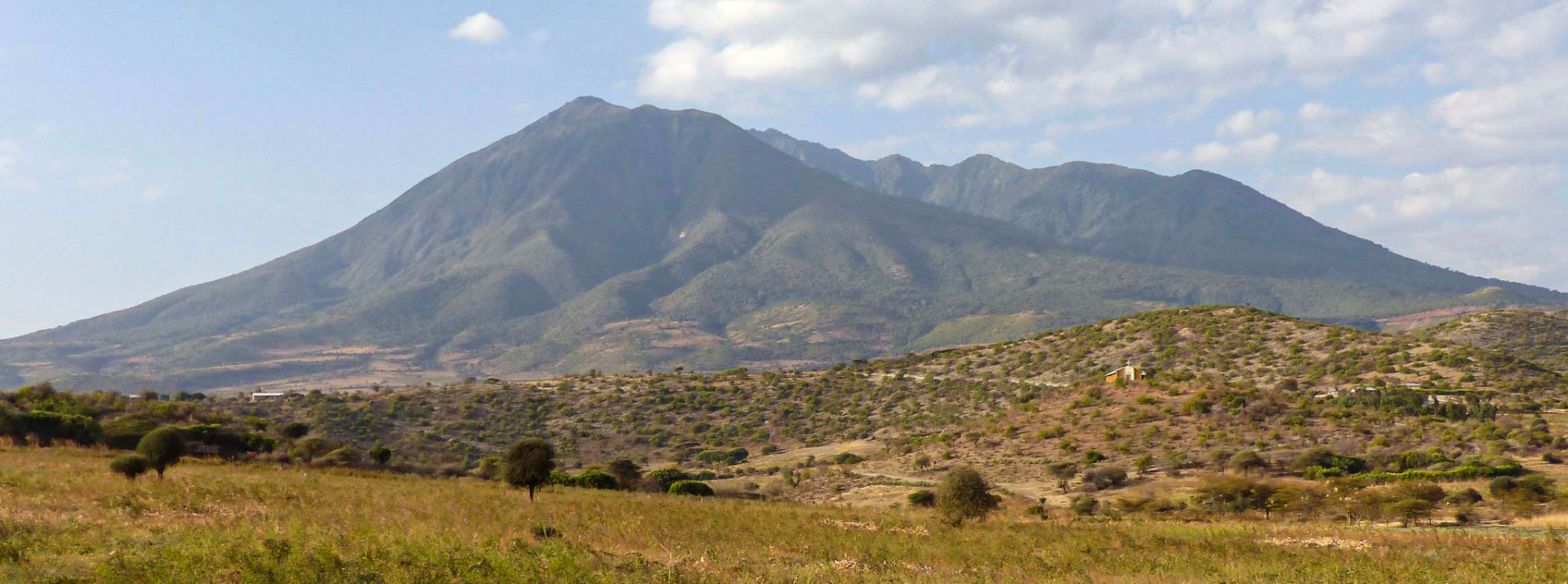
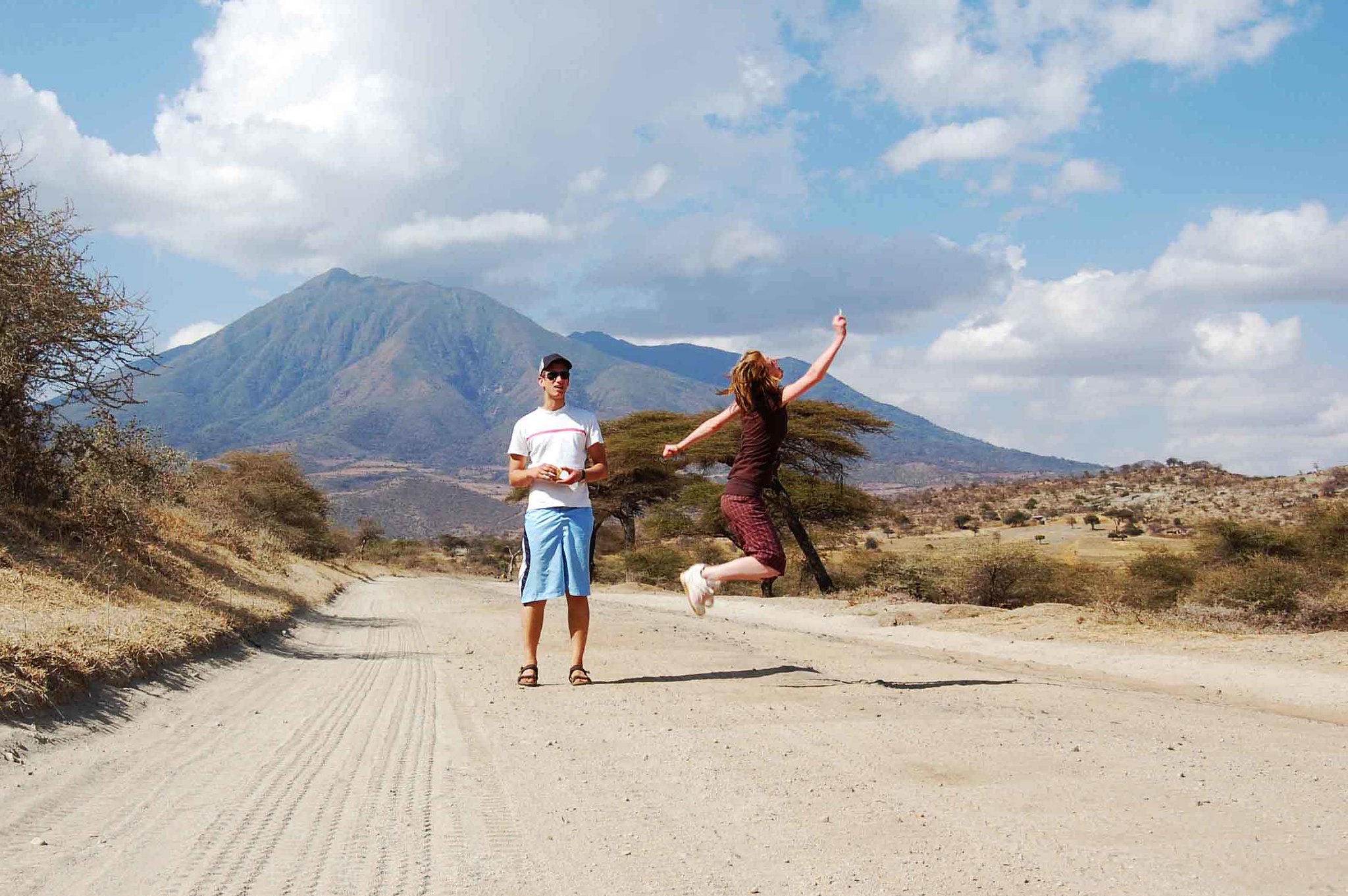
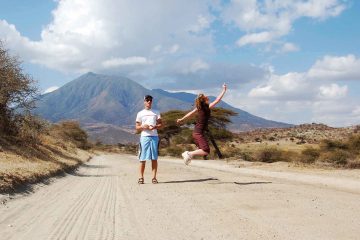
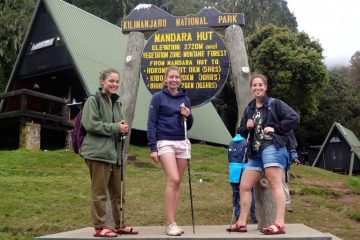
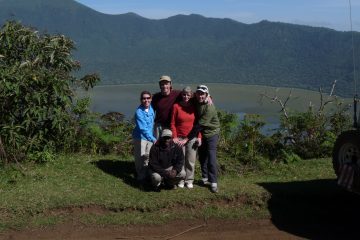
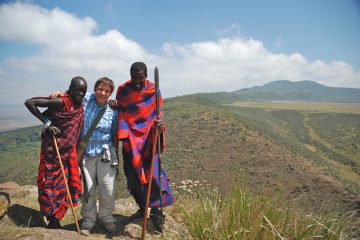
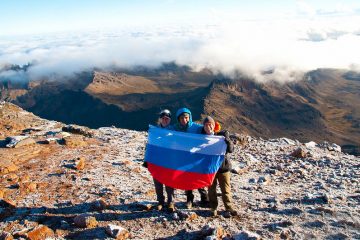
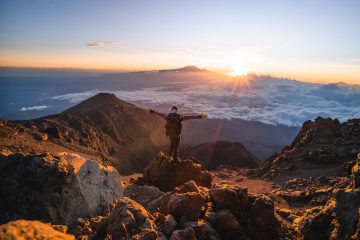
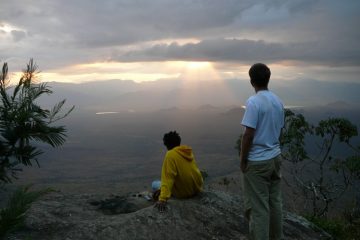
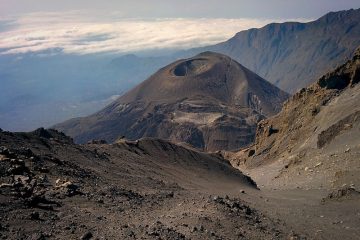
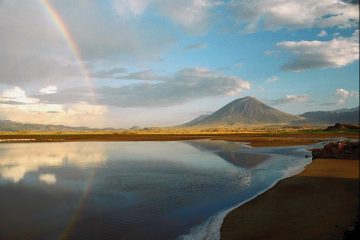
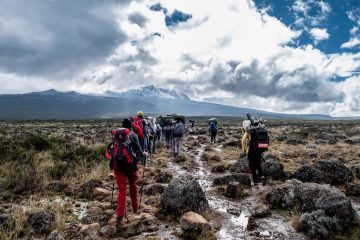
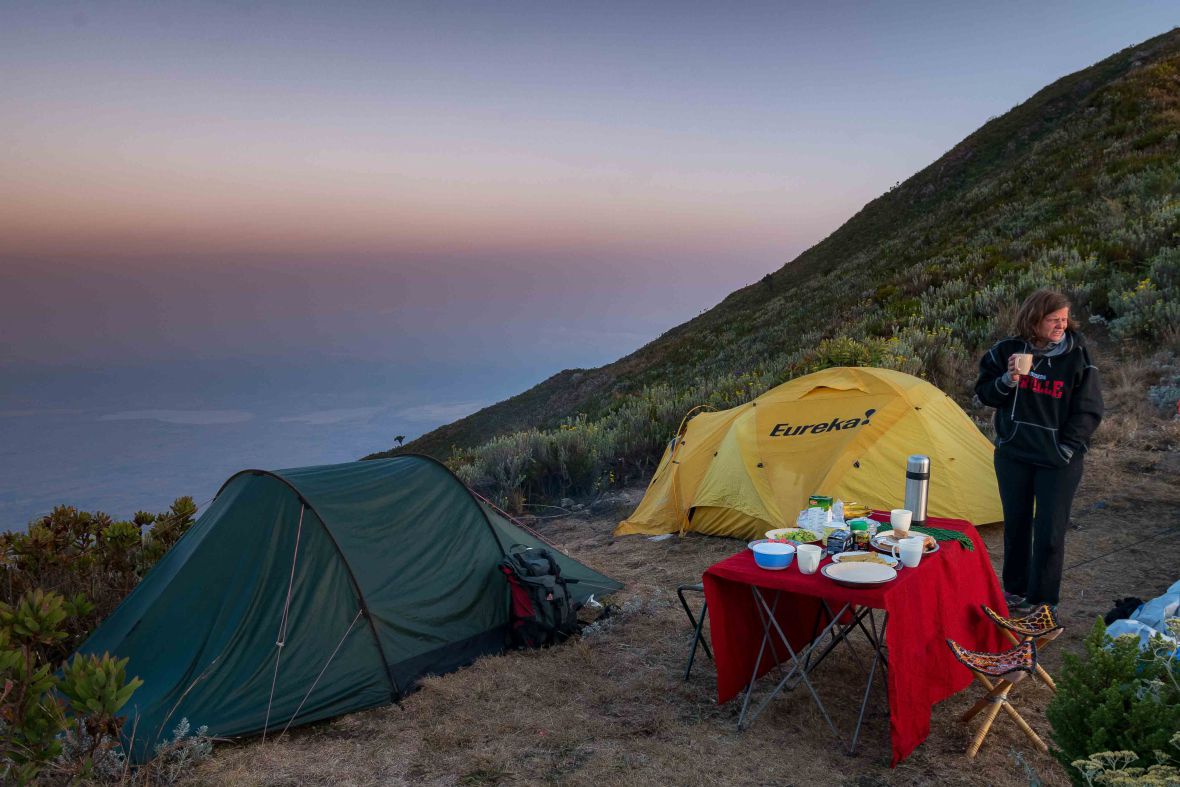 How to get to Mount Hanang
How to get to Mount Hanang



